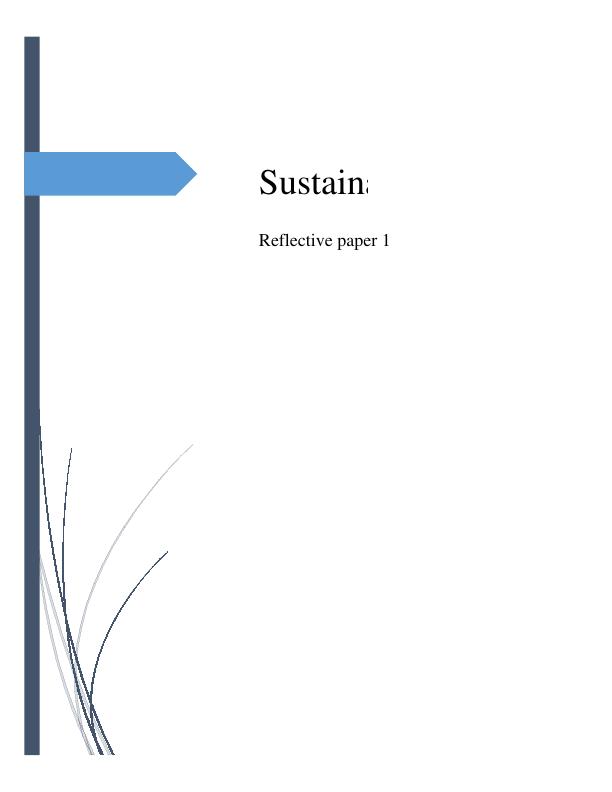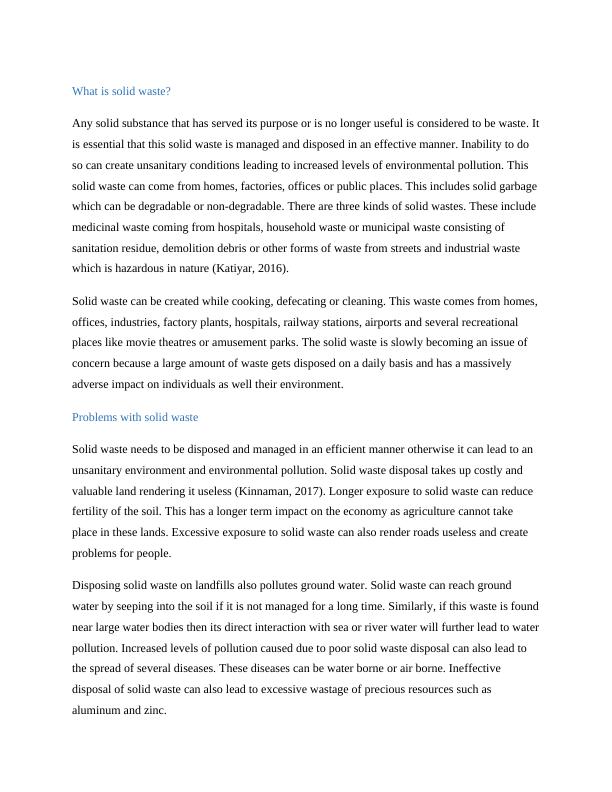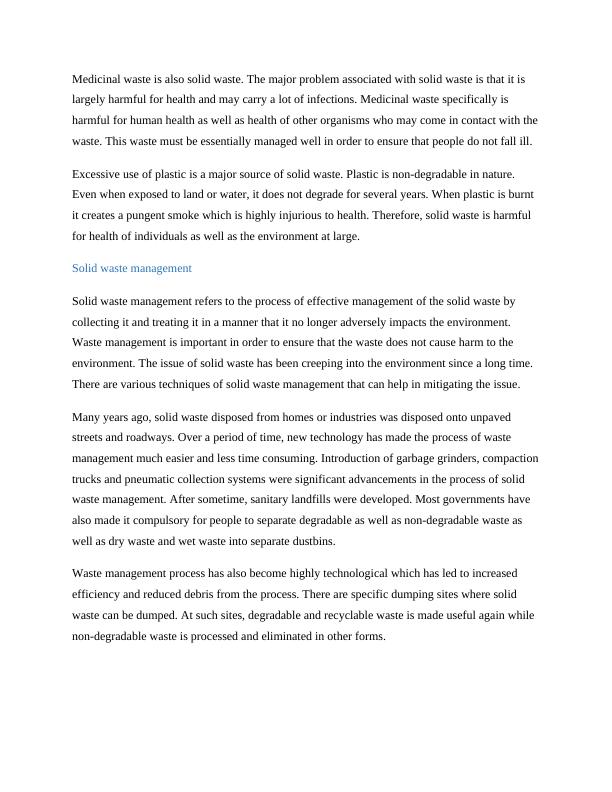Solid Waste Management: Problems, Solutions and Stakeholders
Writing guide and feedback criteria for Reflective paper 1 (RP1) in the Sustainability Studio course. The assignment requires identifying and discussing an issue, proposing mitigation strategies, identifying stakeholders and their engagement, defining the term stakeholder, and creating a comprehensive list of stakeholder requirements. The writing should show proper reflection, be neatly presented with headings and subheadings, have acceptable language, grammar, and spelling, include in-text citations and a reference list in Harvard referencing style, and be at least 3 A4 pages excluding cover page and references.
Added on 2023-06-10
About This Document
Solid Waste Management: Problems, Solutions and Stakeholders
Writing guide and feedback criteria for Reflective paper 1 (RP1) in the Sustainability Studio course. The assignment requires identifying and discussing an issue, proposing mitigation strategies, identifying stakeholders and their engagement, defining the term stakeholder, and creating a comprehensive list of stakeholder requirements. The writing should show proper reflection, be neatly presented with headings and subheadings, have acceptable language, grammar, and spelling, include in-text citations and a reference list in Harvard referencing style, and be at least 3 A4 pages excluding cover page and references.
Added on 2023-06-10
End of preview
Want to access all the pages? Upload your documents or become a member.



